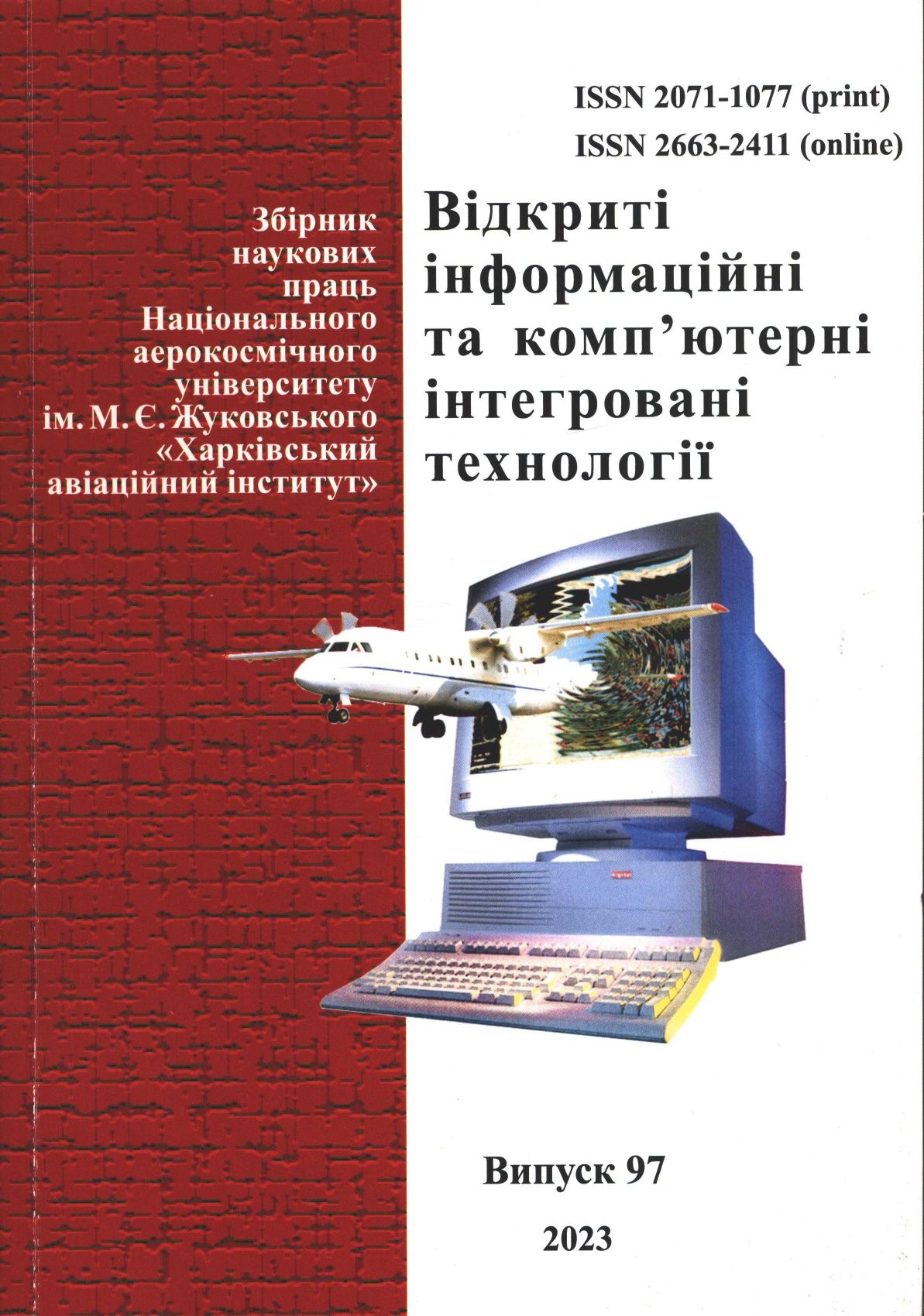Синтез систем управління електроприводами з ковзними режимами
Abstract
Синтез систем управління електроприводами методами теорії аналітичного
конструювання оптимальних регуляторів (АКОР) дозволяє отримати структури з
ковзними режимами, які вирізняються високими динамічними показниками і властивістю грубості відносно до параметричних і координатних збурень. Одночасно, через наявність релейного регулятора, що працює в ковзному режимі, такі системи виходять нелінійними, що описуються диференціальними рівняннями з розривною правою частиною. У той же час однією з проблем АКОР є проблема вибору вагових коефіцієнтів оптимізуючих функціоналів, яка так і не отримала прийнятного для проектувальників вирішення: вибір цих коефіцієнтів заздалегідь не визначено фізично зрозумілими рекомендаціями. Якщо в лінійному випадку підбір вагових коефіцієнтів квадратичних критеріїв можна організувати шляхом моделювання на ЕОМ перехідних процесів в замкнутій лінійній системі, то в нелінійному випадку такий підхід є математично некоректним. Це пояснюється тим загальновідомим фактом, що для нелінійних систем принцип суперпозиції є неправдивим, а їх поведінка на відміну від лінійних істотно залежить від початкових умов. У зв'язку з цим, вибравши в результаті моделювання нелінійної системи на ЕОМ ті чи інші доцільні на перший погляд вагові коефіцієнти відповідних критеріїв, можна отримати практично непрацездатну нелінійну систему, оскільки при інших початкових умовах її поведінка може якісно змінитися. Дивно, але цей загальновідомий факт в літературі затушовується, хоча його вплив на поведінку синтезованих систем є принциповим.
Існують методи побудови оптимальних систем, які базуються на синтезі
регуляторів на основі задання бажаних показників якості перехідних процесів з
урахуванням відомої поведінки системи з визначеним характеристичним рівнянням. У статті обґрунтовано методику пошуку коефіцієнтів зворотних зв'язків релейного
регулятора з умови забезпечення динамічних характеристик системи, заданих бажаним характеристичним рівнянням. Synthesis of electric drive control systems by methods of the theory of analytical design of optimal controllers (ACOR) allows to obtain structures with sliding modes, which are characterized by high dynamic performance and the property of roughness relative to parametric and coordinate perturbations. At the same time, due to the presence of a relay regulator operating in sliding mode, such systems are nonlinear, described by differential equations with a discontinuous right-hand side. At the same time, one of the problems of ACOR is the problem of choosing the weights of optimizing functionals, which has not received an acceptable solution for designers: the choice of these coefficients is not predetermined by physically clear recommendations. If in the linear case the selection of weights of quadratic criteria can be organized by computer simulation of transients in a closed linear system, then in the nonlinear case such an approach is mathematically incorrect. This is due to the well-known fact that for nonlinear systems the principle of superposition is false, and their behavior in contrast to linear depends significantly on the initial conditions. In this regard, choosing as a result of modeling a nonlinear system on a computer those or other seemingly appropriate weights of the relevant criteria, you can get almost inoperable nonlinear system, because under other initial conditions, its behavior can change qualitatively. Surprisingly, this well-known fact in the literature is obscured, although its influence on the behavior of synthesized systems is fundamental.
There are methods for constructing optimal systems based on the synthesis of regulators based on setting the desired quality indicators of transients, taking into account the known behavior of the system with a certain characteristic equation. The article substantiates the method of finding the feedback coefficients of the relay controller from the condition of providing the dynamic characteristics of the system, given the desired characteristic equation.

